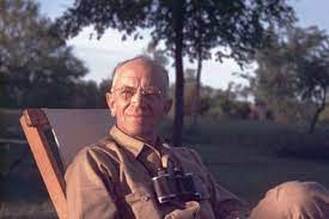|
Next week we start Unit Two: Environmental Ethics and Concepts of Place. As we'll discuss in class, to understand and develop an environmental ethic in relation to place requires an understanding of environmental history. That history entails global/planetary changes in climate, land use, habitation, settlement, disease, and population factors over various periods of time. As the introductory video by Jan Oosthoek explains, environmental history is the history of how nature influences human history and vice versa. Human history and environmental history are inextricable, multifaceted, and complex. When you write your Place Histories you will essentially be writing an environmental history of the campus woods. To help you understand different factors, events, and developments related to environmental history, check out the following websites:
1 Comment
We will be watching the shorter version of the film in class on Tuesday followed by discussion of key ideas around Leopold's views of conservation and wilderness. Before our discussion of the Leopold readings on Thursday, I recommend reviewing the study guides for the film and the short essay, "Thinking Like a Mountain." These provide great questions and prompts that might inform or help shape your Wilderness Reflection essays. The study guide for A Sand County Almanac (especially the last page on "The Outlook") should also be a useful resource for later Leopold readings in the semester. Study guides courtesy of The Aldo Leopold Foundation.
|
AboutEco-centered writing and teaching, with related news, events, and topics for students to check out. Archives
November 2022
Categories |


 RSS Feed
RSS Feed
